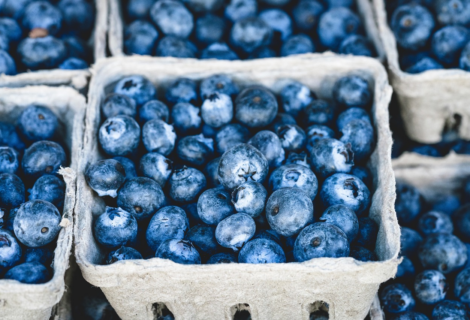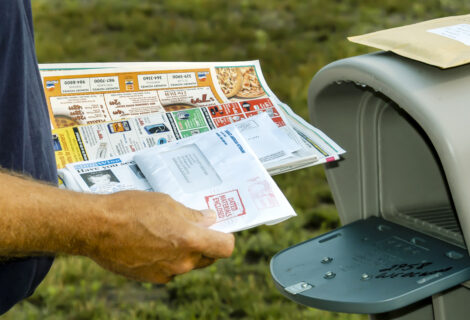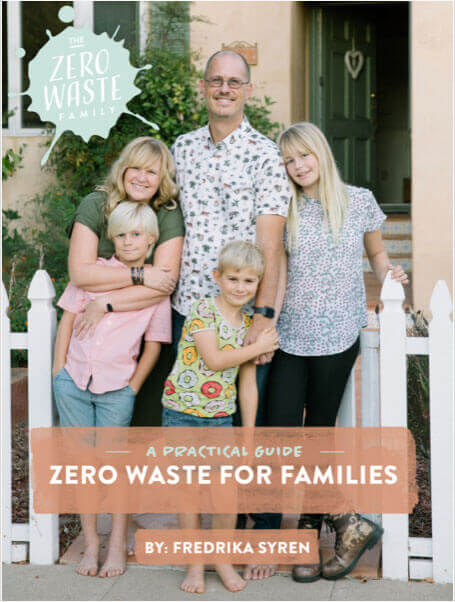By Fredrica Syren:
I love fleece, and used to favor clothes and blankets made with it. Fleece is great: it’s light; it’s warm; it’s cheap; and it’s a great material for staying warm in the middle of a cold winter. So, what is the problem with fleece? The sad truth is that fleece is plastic pollution.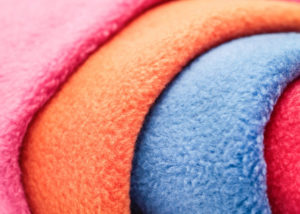
A study by researchers at the University of California found that an average fleece jacket can shed 1.7 grams of tiny plastic bits, also known as microfibers, or micro plastics, per wash; and that older fleece items shed the most, almost double the amount. Micro plastic is plastic debris less than five millimeters long — about the size of a sesame seed. Unfortunately, these tiny plastic pieces then travel out to a local wastewater plant where 40% of them ends up in rivers, lakes and oceans, becoming one of the worst plastic polluters. Because of size, it is hard to clean up. For example, the Great Lakes, which comprise one-fifth of the world’s fresh water, are polluted with billions of microscopic plastic particles They are found by skimming the surface with finely meshed netting dragged behind sailing vessels. The same scientists who have studied gigantic masses of floating plastic in the Pacific Ocean are now reporting massive amounts of plastic in the Great Lakes.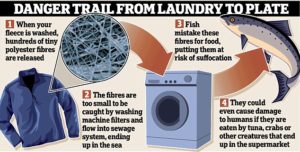
Synthetic microfibers are particularly harmful to marine life that eat it, thinking it’s food. It also raises another concern that, once eaten, these small pieces of plastic transfer toxins and pesticides into the bodies of the sea life that eat them. They also linger in our eco-systems, spreading to us or other animals. Scientists and environmentalists are not sure how to remove these microbeads from the water because of their size, so these plastics accumulate in the water.
Instead of fleece, a better option is to choose fibers like organic wool and cotton, and to focus on fewer good quality items.
To read more articles about micro plastic in fleece check out these:
http://video.nationalgeographic.com/video/til/150803-microplastic-synthetic-water-pollution
http://www.patagonia.com/blog/2016/06/what-do-we-know-about-tiny-plastic-fibers-in-the-ocean/
https://eic.rsc.org/feature/the-massive-problem-of-microplastics/2000127.article
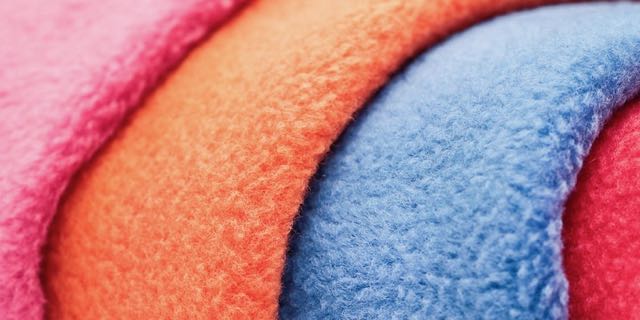
Reduce Plastic—Fleece a Major Plastic Pollutant
Fredrika Syren
Fredrika Syren is an environmental activist and writer. In 2016, she founded the website Green-Mom.com where she shared her family’s journey of living zero waste. She lives in San Diego, California with her husband James and their children Bella, Noah, and Liam. Fredrika and her family were recently featured in the documentary Zero Time to Waste. Fredrika is also the author of Zero Waste for Families - A Practical Guidebook (which you can buy on this site)
Related Posts
-

-

How to Reduce Waste from Junk Mail
April 14, 2024
-

© 2024 COPYRIGHT © 2021 THE ZERO WASTE FAMILY™ - ALL RIGHTS RESERVED | DESIGNED BY REDEEFINED CREATIVE




